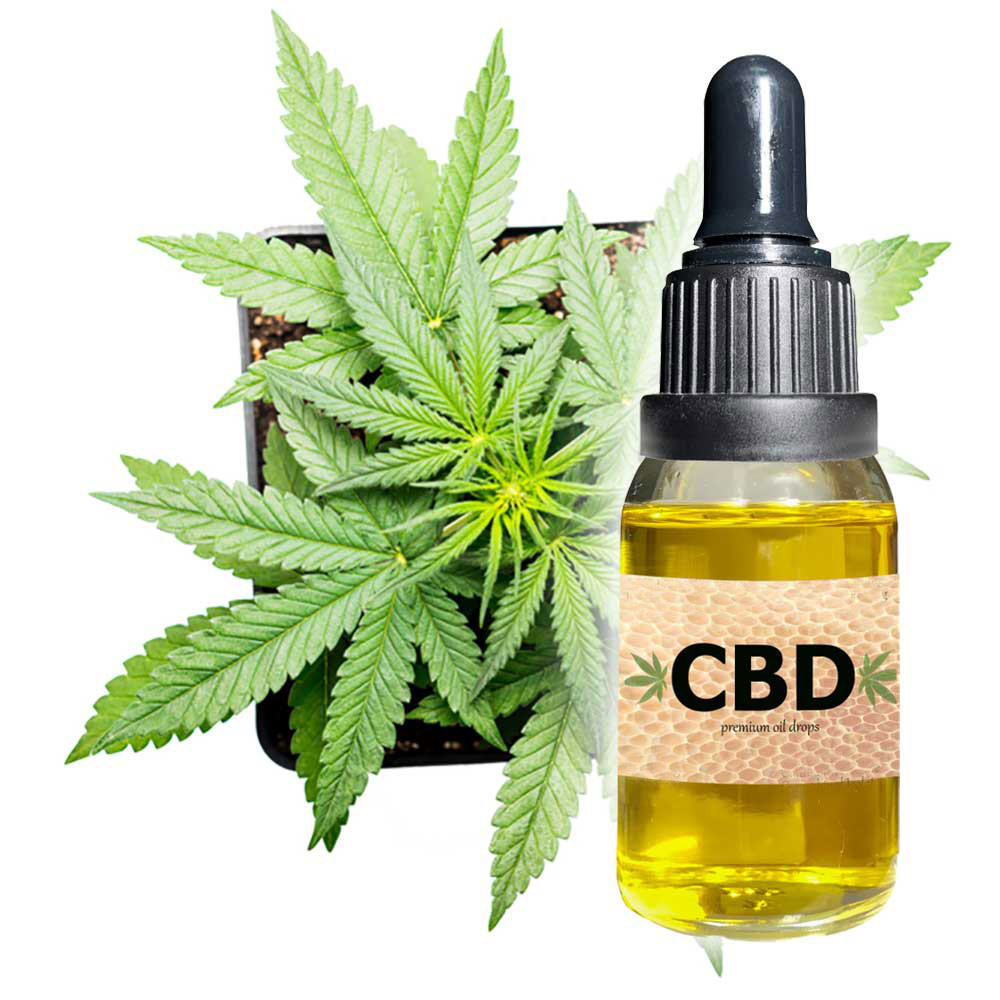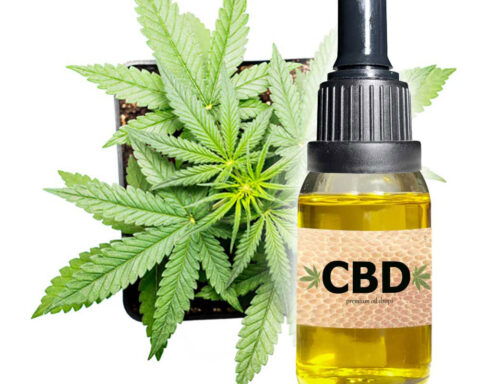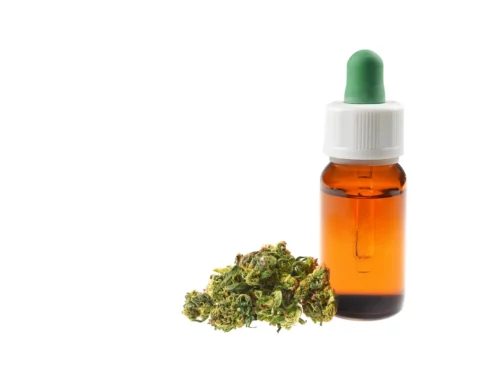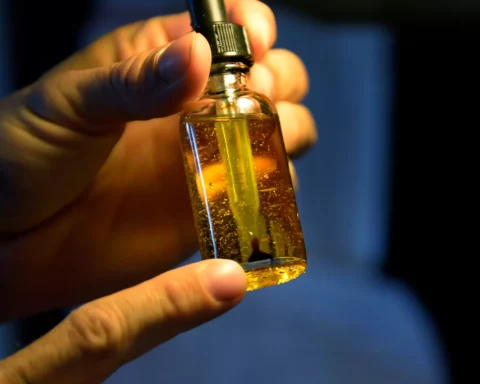Creating DIY CBD oil at home is fairly simple with the right ingredients. Although it won’t be as effective or potent as CBD oil extracted and produced by professionals (which is quite a labor-intensive and complicated process), one can still use some of the power hemp offers by following a few simple steps.
More specifically, people with fewer alternatives may want to think about manufacturing their own CBD oil at home to save time searching through hundreds of items and contrasting various brands. Additionally, one will spend less on supplements each month. It might be costly to purchase high-quality CBD oils, particularly when trustworthy companies sell them. Making CBD oil at home is possible if these two factors are important to you. Let’s look at these few basic components that may instantly produce excellent CBD oil.
PICKING A HIGH-CBD STRAIN
Cannabis and hemp both contain CBD that may be extracted. While all hemp strains used to make CBD oils have greater than normal CBD levels, marijuana plants don’t. According to Lewis et al. (2018), marijuana normally contains more THC than CBD, but several high-CBD hybrid strains have been developed via selective breeding. Making CBD oil at home from this kind of cannabis is good if one can locate them in the area and reside in a jurisdiction where marijuana is permitted.
DECARBOXYLATION: ACTIVATING CBD
To create CBD oil, you must ensure that the CBD has been transformed from its inactive precursor CBDA. Despite not having the same qualities as CBD, the acid CBDA still has several health advantages. According to Clarke et al. (1995), uncooked, raw hemp plants don’t contain any CBD. Before combining it with the solvent of your choice, one must heat the hemp to activate the CBD before attempting to extract it. According to Nelson et al. (2020), different types of heat can be used to activate CBD. The oven method is the most popular decarboxylation technique for making CBD oil at home. Another cheap method for activating CBD is using a slow cooker, which some people use. The cannabinoids in the body may not be effectively activated by these methods, which are also ill-defined. A decarboxylator is required if an individual wants to perform decarboxylation correctly. The full activation of trace cannabinoids can be achieved with this device while preserving terpenes at the ideal temperatures required. For anyone who regularly makes CBD oil at home and wants to get a consistently high-quality product, investing in a professional decarboxylator is worthwhile.
WHICH ALCOHOL OR CARRIER OIL WILL YOU USE?
You must first choose the method you want to employ if you want to make CBD oil at home for the first time. The two options available to amateurs are carrier oil or food-safe alcohol. According to Hussain et al. (2019), the hemp plant must be submerged in alcohol during the alcohol extraction process until all beneficial compounds have been removed. Because the extract becomes more potent with time, the process also calls for patience. The product will become stronger the longer you leave it sitting. Cannabis tinctures are created in this manner. Due to CBD’s fat solubility, the second method uses natural plant oils as carriers. You can use olive, hemp seed, and coconut oils for the delicate procedure. There is a third extraction technique as well. But because it uses pressurized CO2, this one is only for experts. For this method to work properly, a large amount of space, incredibly expensive equipment, and scientific knowledge are needed.
INGREDIENTS FOR MAKING CBD OIL USING CARRIER OILS
- Around 28 grams of hemp flowers and approximately
- Four hundred fifty grams of carrier oil, preferably made from hemp seed or coconut, but any edible plant-based oil will do.
HARDWARE
- Double boiler
- Baking tray
- Parchment paper
- Herb grinder (or knife)
- Coffee filter, cheesecloth, or something similar
- Glass jar with lid for storing
STEP 1
The hemp flowers should be ground into a fine powder using your grinder. They shouldn’t resemble dust but rather tiny, even fragments. One may use a knife for this as well. However, it will take more time, and you’ll need to pay close attention to assembling the components evenly. Most CBD can be extracted because of the fine, homogeneous consistency.
STEP 2
One should then spread the ground-up flowers on a baking tray lined with parchment paper. It should bake for an hour in an oven set to 110oC (225oF). It will start the decarboxylation process, transforming the inactive CBDA into active CBD. This process is possible without terpene loss, thanks to the low heat and extended baking time. The flower ought to be crisp and lightly browned when baking is finished.
STEP 3
It’s time to combine the oil and flowers to start the extraction process. Put some water in the bottom of the double boiler, add the flowers and oil to the top, and bring to a simmer. The combination must be simmered since if the temperature rises over 150°C, the terpenes evaporate. The final result is brownish-green, and this procedure takes around 2-3 hours.
STEP 4
At this time, gently remove the pot or bowl containing the hemp and oil. Pick up your jar (or other airtight containers), cover the opening with cheesecloth (or another filter of choice), and then pour the mixture inside. Ensure that you’ve gotten the most oil out of the filtered-out hemp before discarding the flower. Then, seal the container and keep it somewhere cold and dry. You’ve just created a lovely batch of CBD oil for yourself. Although it won’t be as strong as products created with alcohol solvents, you won’t have to worry about dangerous chemicals being left behind, and it probably tastes nicer too.
CONCLUSION
For those who wish to save time and money, making your own CBD oil at home is an excellent way to start with CBD. one may explore the industry and compare various brands online to find a good bargain on high-quality CBD products. When shopping for CBD oil, one will find that many high-end firms provide incentives, discounts, and bulk discounts. However, you’ll already have a bottle of lab-tested CBD oil to see how your body reacts to this molecule while you complete your study. However, if you are trying to alleviate a particular ailment, we suggest you acquire a professional-extracted CBD oil. The components and potencies are specified on the bottle for commercially produced goods.
REFERENCES
Clarke, R. C., & Diemenstraat, V. (1995). Hemp (Cannabis sativa L.) cultivation in the Tai’an district of Shandong Province, Peoples Republic of China. Journal of the International Hemp Association, 2(2), 57-60.
Hussain, A., Calabria-Holley, J., Lawrence, M., Ansell, M. P., Jiang, Y., Schorr, D., & Blanchet, P. (2019). Development of novel building composites based on hemp and multi-functional silica matrix. Composites Part B: Engineering, 156, 266-273.
Lewis, M. A., Russo, E. B., & Smith, K. M. (2018). Pharmacological foundations of cannabis chemovars. Planta Medica, 84(04), 225-233.
Nelson, K. M., Bisson, J., Singh, G., Graham, J. G., Chen, S. N., Friesen, J. B., … & Pauli, G. F. (2020). The essential medicinal chemistry of cannabidiol (CBD). Journal of medicinal chemistry, 63(21), 12137-12155.
- What Are the 7 Chakras and How Can You Unblock Them? - April 19, 2024
- THCa Flower by Perfect Plant Markey - September 21, 2023
- Arches Audio Shares Their Secrets For Starting A Successful Podcast - July 7, 2023









